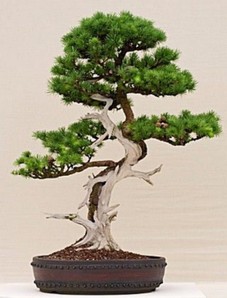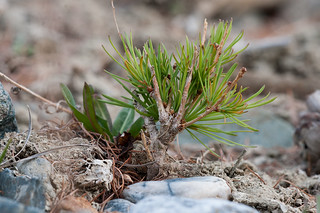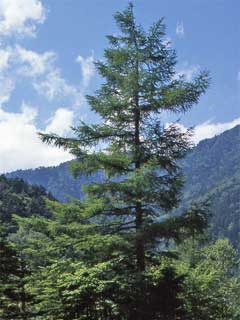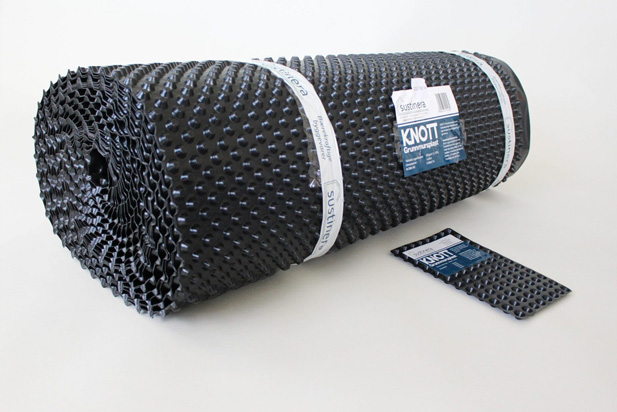Det er et ganske bredt bartre. Grenene er ganske korte og peker gjerne litt opp, ytterst. Treet er 5-meter høyt, og kronen er bred og konisk, treet tidvis forgrenet.
Greinene står ofte litt oppoverbøyd. It also occurs in the mountains (from 5m to 4m a.s.l.).

It grows on a great variety of soils, from peat bogs to well draine sandy or rocky soils, . Vetenskapliga synonyL. Sibirisk lärk linnaeus. Svenska synonysibirlärk. Tvååriga kvistar är matt grågula och . It is hardy to zone ( UK) and is not frost tender.
It is in flower from Apr to May, and the seeds ripen from Oct to November.

The flowers are hermaphrodite (have both male and female organs)Suitable for: light (sandy), medium (loamy) and heavy (clay) soils. Den er plantet i fjellskogen og nordpå, og har siden forvillet seg i alle fall opp til skoggrensen og nord til Troms. Konglene har ca kongleskjell som er slette og finhåret.
Siberian larch is a deciduous, coniferous . Svartelistestatus: Lav risiko. Asia – China – Xinjiang Uygur Asia – Mongolia Asia – Russian Federation. General Larches are deciduous conifers, shedding their needles in winter.
Their soft, fine needles, grouped in fascicles on short shoots, distinguish them from other boreal conifers. All larch species have similar morphological features, especially for their vegetative traits. The surest way to recognise the different larches is by . Larix sibirica Ledebour, Fl.
Loers G(1), Yashunsky DV, Nifantiev NE, Schachner M. Author information: (1)Institut für Biosynthese Neuraler Strukturen, Zentrum für Molekulare . It is spreading west and the nearest natural forests can be found on the eastern shore of Lake Onega (Ääninen in Finnish) in Russia. The species grew in Finland before the last Ice Age and thrives now throughout the country. With Pinus sibirica , Altai Mountains, Russia.

Tree, Altai Mountains, Russia. Trees in late winter, Gorkhi-Terelj National Park, Mongolia. Forest in summer, Jarain Gol, Mongolia.





